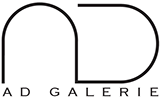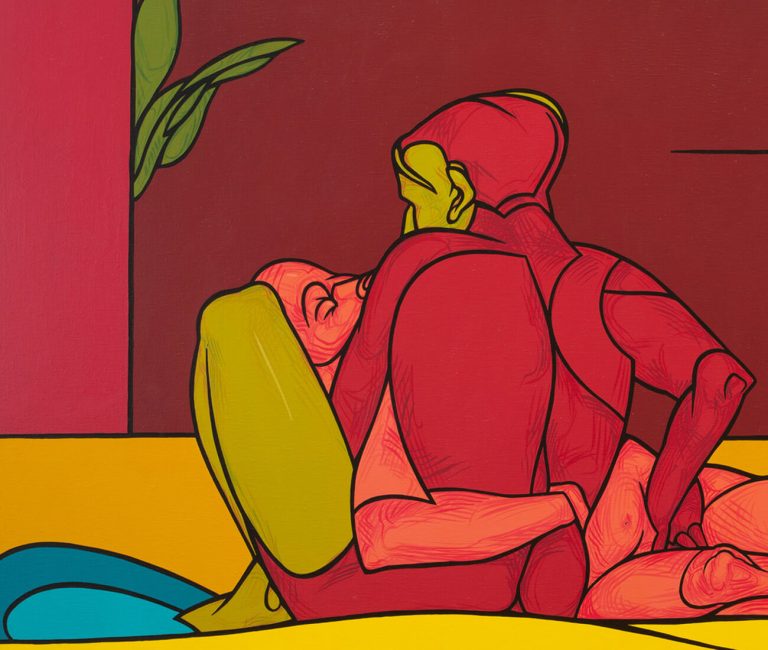ARTISTS OF NARRATIVE FIGURATION
Narrative figuration is a pictorial style and an artistic movement that appeared in the early 1960s in France, in opposition to abstraction and new realism.
The trend of Narrative Figuration is not represented by an organized group but by a certain number of artists, most belonging to the same generation.
The term Narrative Figuration appeared on the occasion of two exhibitions at the Mathias Fels gallery, in Paris, in 1961 and 1962. Launched in 1964 on the occasion of an exhibition at the Museum of Modern Art of the City of Paris entitled Daily mythologies, this movement is interested in scenes from daily life and mythologies (political, social, moral) of the time.
This movement is eminently representative of the vitality of French art during the “Trente Glorieuses”: far from the beacons of American Pop Art. This generation of painters, born before the Second World War, drew the tools and subjects of their painting from the mythologies of their time: photography, photo novels, cinema, thrillers, comic strips.
The artists of narrative figuration understood that the subversive potential of their works must lie in their aesthetic dimension much more than in a more or less explicit discourse.
Passionate about politics, the artists of Narrative Figuration are the contemporaries of thinkers like Michel Foucault, Pierre Bourdieu or Gilles Deleuze.
Among these artists, we find painters such as: Valerio Adami, Eduardo Arroyo, Gudmundur Erró, Peter Klasen, Jacques Monory…
Some artists focused more on reflection and analysis of the image while others sought to involve their artistic practice more in a critical look at the society of their time.
The artists of this movement recycle images that they use in continuity, in a narrative.
The decomposed image, the neutralized image, the transformed image, the image deviated in a new meaning: Subjectively or politically, narrative figuration never loses the idea that it must come from meaning.
THE MOVEMENT'S ARTISTS
List of gallery artists ⇓

